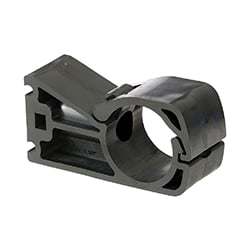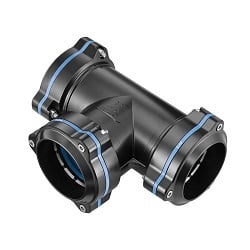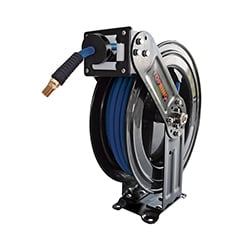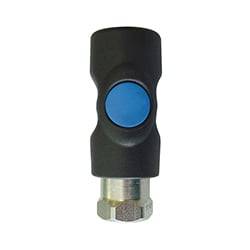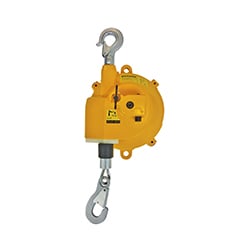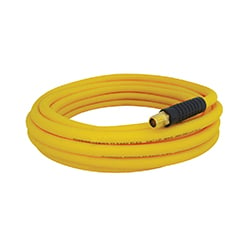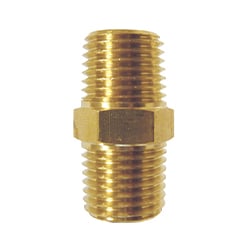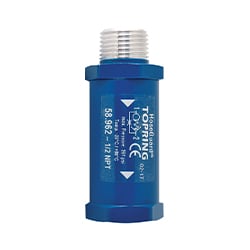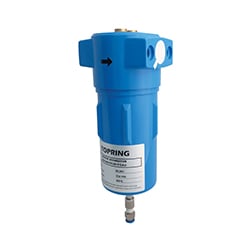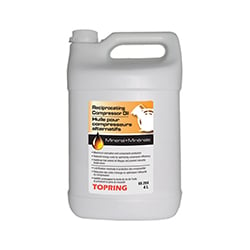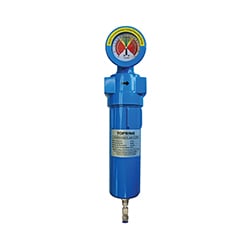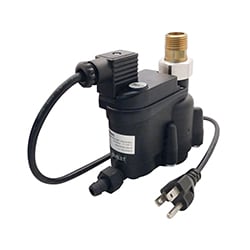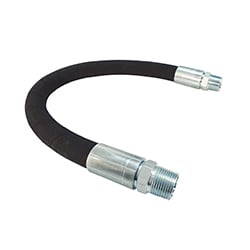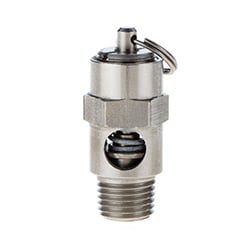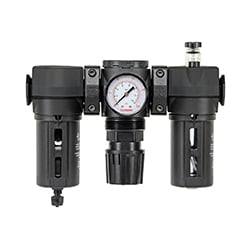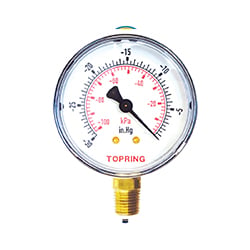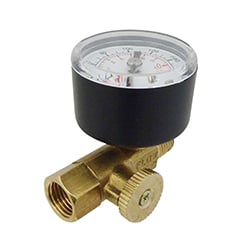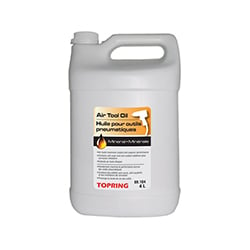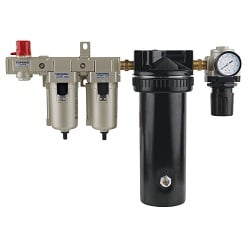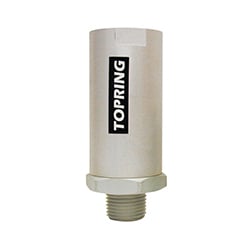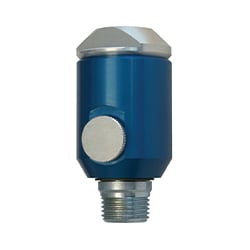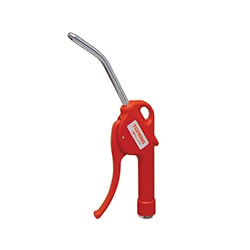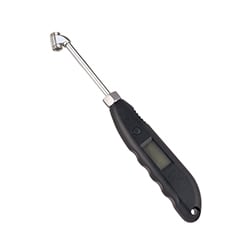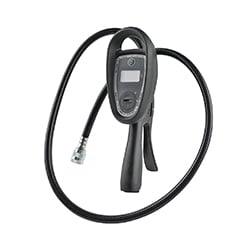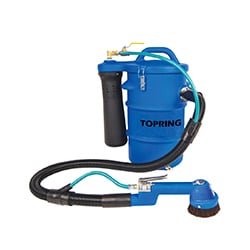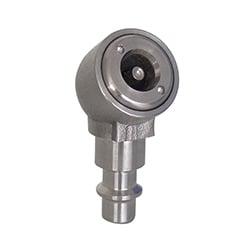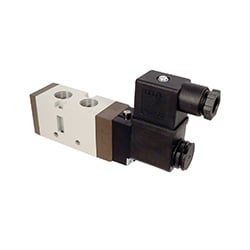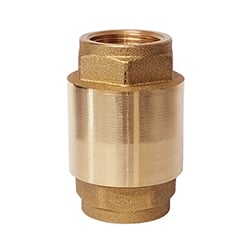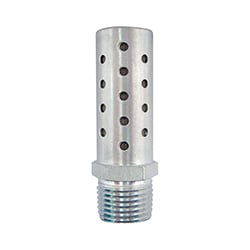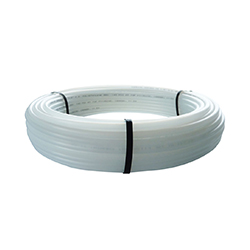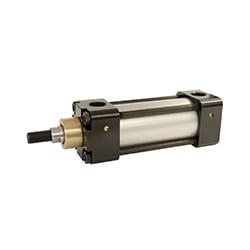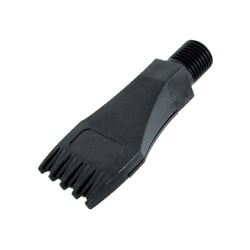Users often think they can enhance tool performance by increasing the pressure of the compressed air system. They assume that a higher air force will compensate for a tool that works poorly. But is it a good or bad practice?
FALSE — Higher pressure does NOT lead to higher air tool performance.
If a tool is operating below par, there is simply not enough airflow. Since the tool needs a higher air volume than the system can supply, it runs out of compressed air during operation—and this, in turn, causes excessive pressure loss. Although the increase in power of the compressor does provide a short-lived peak force, it also damages the air tools and the system’s airflow is unable to replace the air consumed. Instead of offsetting a tool’s poor performance, overpressure will cause other problems (overvoltage of the compressor, damage to the tool, etc.). The solution is to increase the system’s airflow capacity. Only thus the tool will not lack air during its use and will be able to perform properly.
Definition of overpressure
Overpressure occurs when the air pressure in the compressed air system is higher than the pressure needed by the pneumatic tools and equipment. Generally speaking, the required operating pressure ranges from 30 to 90 PSI. If it is higher than 90 PSI, it shortens the tool’s useful life, heightens air loss, and can overload the compressor. A compressed air system with an extra 14.5 PSI costs 7% more to operate without any improvement to tool or equipment performance.
Troubleshooting overpressure
Here are some examples of situations that cause system overpressure and possible solutions to prevent this from happening.
| Situation | Possible solution |
| Almost all workstations require a level of air pressure lower than the system. |
Gradually reduce the air force in the system. |
| Only specific applications require a higher air pressure level. |
Use a local recompressor (booster) if you need to increase the system’s air pressure by more than 10 PSI for a single user or for occasional users. |
| Only certain types of applications require a lower air pressure. | Install a pressure regulator at every station with a specific air force requirement. |


